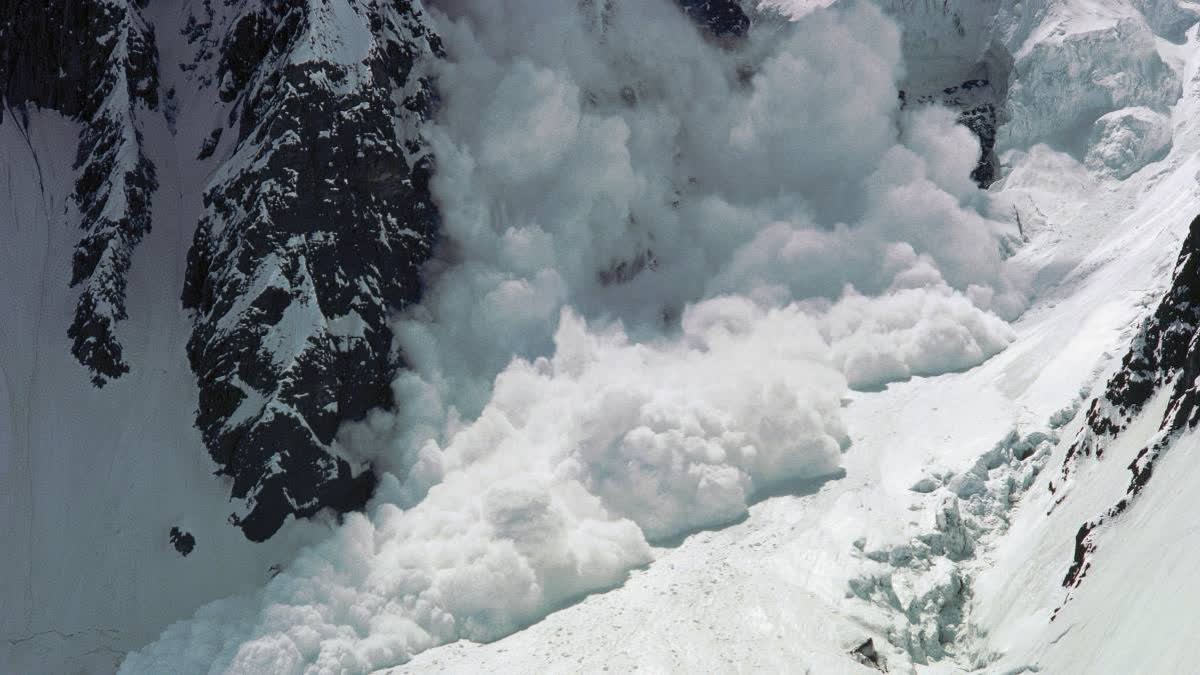Rudraprayag (Uttarakhand): A massive avalanche cascaded down the slopes of the Himalayas, originating approximately four kilometres above the Chorabari glacier in the Kedarnath region. The incident occurred on Sunday, drawing attention as a vast cloud of snow descended into the valley.
The event was witnessed by onlookers near the revered Kedarnath temple, reignited memories of the devastating 2013 floods that killed several people. Despite the magnitude of the avalanche, there have been no reports of casualties or damage. However, the incident has raised concerns among scientists about the potential impact of climate change on glacial stability.
Experts attribute the avalanche to recent fluctuations in temperature, which have acted as a catalyst in melting of ice and led to the accumulation of water within the glacier. This build-up of water increases pressure on the glacier, making it susceptible to sudden ruptures and avalanches.
Dr DP Dobhal, a retired glacier scientist from the Wadia Institute of Dehradun, has termed the avalanche to be a 'normal incident'. Talking to ETV Bharat the doctor said that such instances are quite normal in the high Himalayan regions. "Due to the ever-increasing heat, glaciers are melting thereby causing avalanches. However, it should definitely be monitored," he added.
"Incidents of avalanches in the glacier areas are not uncommon. Some incidents get detected while most of them are not reported. When fresh snow accumulates on the slope, there are chances of it sliding because it takes a lot of time for fresh snow to turn into glacier. This is the reason avalanches occur when glaciers melt," he added.
While such events are considered normal in the Himalayan region, the frequency and intensity of avalanches raised questions about the long-term implications of climate change on glacier dynamics.
Following the 2013 disaster, scientists have maintained a vigilant watch over the Chorabari glacier and its surroundings, particularly monitoring for the formation of potentially hazardous glacial lakes. Continuous monitoring and research efforts aim to better understand and mitigate the risks associated with glacial activity in the Himalayan region.
Read More



